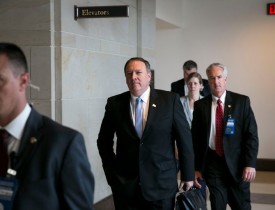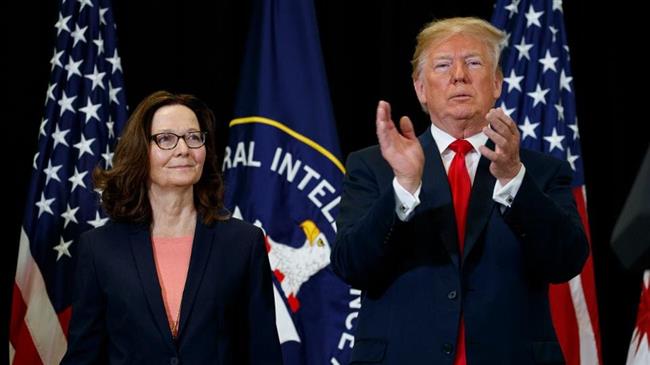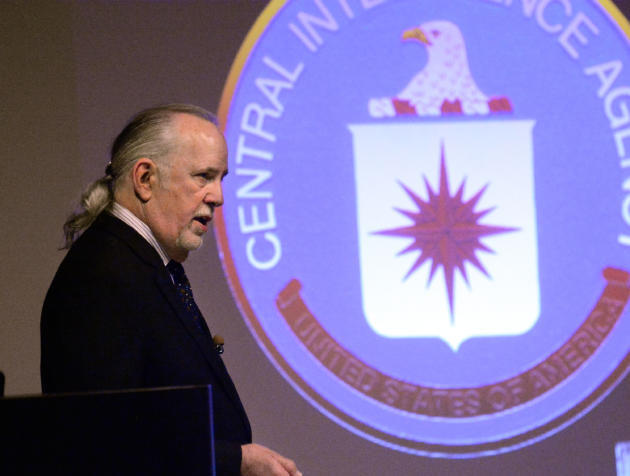AVA- If approved by President Trump, it would mark the first time the C.I.A. has had such powers in Afghanistan, expanding beyond its existing authority to carry out covert strikes against Al Qaeda and other terrorist targets across the border in Pakistan.
The changes are being weighed as part of a broader push inside the Trump White House to loosen Obama-era restraints on how the C.I.A. and the military fight Islamist militants around the world. The Obama administration imposed the restrictions in part to limit civilian casualties, and the proposed shift has raised concerns among critics that the Trump administration would open the way for broader C.I.A. strikes in such countries as Libya, Somalia and Yemen, where the United States is fighting the Islamic State, Al Qaeda or both.
Until now, the Pentagon has had the lead role for conducting airstrikes — with drones or other aircraft — against militants in Afghanistan and other conflict zones, such as Somalia and Libya and, to some extent, Yemen. The military publicly acknowledges its strikes, unlike the C.I.A., which for roughly a decade has carried out its own campaign of covert drone strikes in Pakistan that were not acknowledged by either country, a condition that Pakistan’s government has long insisted on.
But the C.I.A.’s director, Mike Pompeo, has made a forceful case to Mr. Trump in recent weeks that the Obama-era arrangement needlessly limited the United States’ ability to conduct counterterrorism operations, according to the current and former officials, who would not be named discussing internal debates about sensitive information. He has publicly suggested that Mr. Trump favors granting the C.I.A. greater authorities to go after militants, though he has been vague about specifics, nearly all of which are classified.












